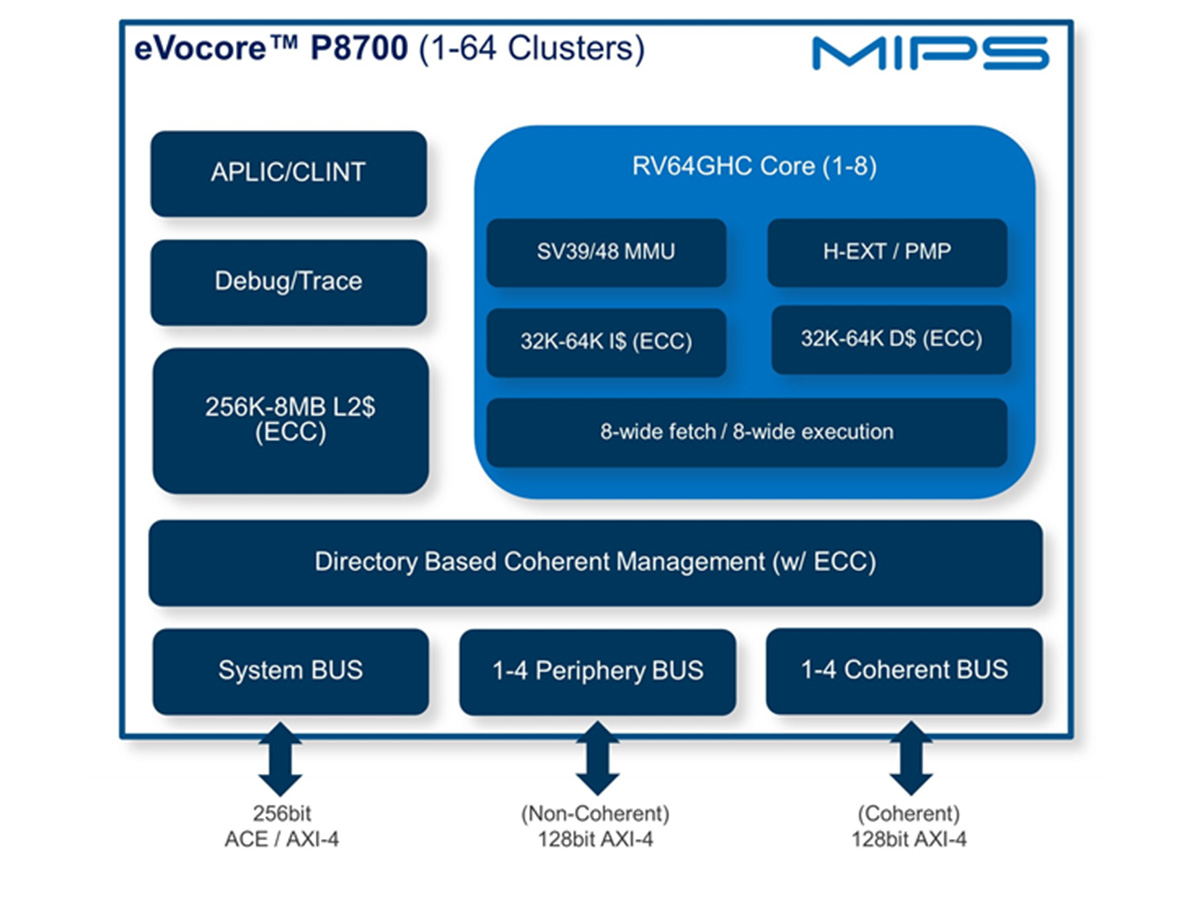- Dec 15, 2021
- 4,384
- 2,762
- 106
As the title implies, I think ARM should design a Cortex A6xx core that sitsvin between the A7xx and A5xx.
Why do I think it is necessary? Because Apple of Apple's Efficiency cores.
Apple's efficiency cores (icestorm, thunder, blizzard etc..) are far more powerful than ARM's own efficiency cores (A5xx). They reach almost Cortex A7xx levels of performance while consuming similar power to an A5xx core, which is crazy.
Apple achieves this by making their efficiency cores much larger, and with Out-of-Order Execution.
Whereas, the Cortex A5xx series cores are measly small in comparison and have in-order execution.
So the hypothetical A6xx cores would be like an enlarged A5xx but with OoO.
I think the A6xx cores would be useful in laptop chips (A5xx cores are ridiculously weak for a laptop), and some Mobile chips may use it too. I can imagine that Google would love to put a Cortex-X + Cortex-A6xx in their custom Tensor chips, in a similar vein to the 2+4 configuration in Apple's Bionic chipsets
Why do I think it is necessary? Because Apple of Apple's Efficiency cores.
Apple's efficiency cores (icestorm, thunder, blizzard etc..) are far more powerful than ARM's own efficiency cores (A5xx). They reach almost Cortex A7xx levels of performance while consuming similar power to an A5xx core, which is crazy.
Apple achieves this by making their efficiency cores much larger, and with Out-of-Order Execution.
Whereas, the Cortex A5xx series cores are measly small in comparison and have in-order execution.
So the hypothetical A6xx cores would be like an enlarged A5xx but with OoO.
I think the A6xx cores would be useful in laptop chips (A5xx cores are ridiculously weak for a laptop), and some Mobile chips may use it too. I can imagine that Google would love to put a Cortex-X + Cortex-A6xx in their custom Tensor chips, in a similar vein to the 2+4 configuration in Apple's Bionic chipsets



